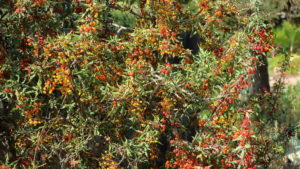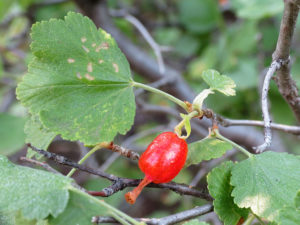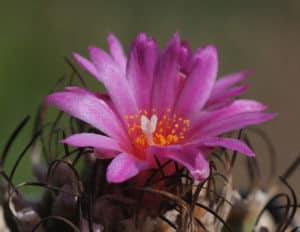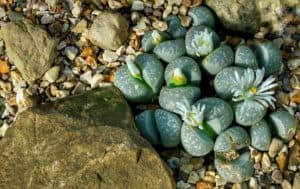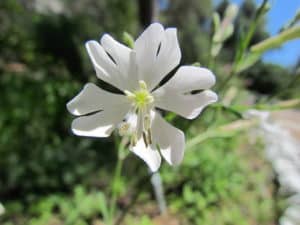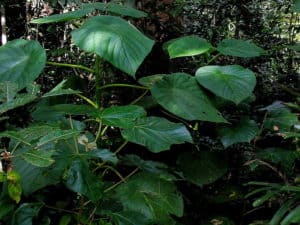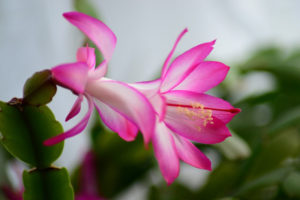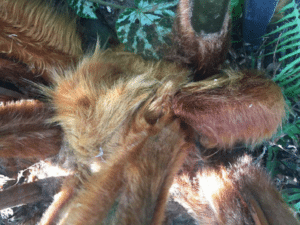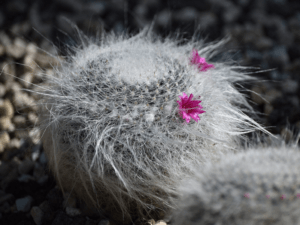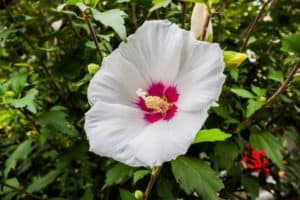
Hawaiian White Hibiscus Facts Related Articles Hawaiian White Hibiscus Physical Description Most notably, the stunningly beautiful Hawaiian White Hibiscus holds a remarkable ability. That’s due to the fact that it actually has the ability to grow in either of two forms. As a result of this ability, it develops as either a small tree or […]Read More

